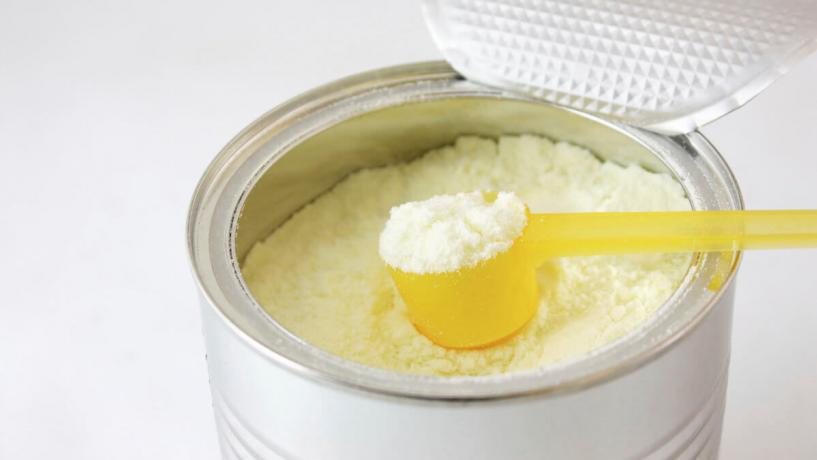Although many health and childcare experts definitely agree that breast milk is the best and most natural option for feeding infants, sometimes it’s not always possible to provide that option.That’s why it’s fortunate that there are so many options out there in regards to solid, nutritious infant formula. However, as is the case with any kind of food or other consumable, it’s important to observe proper safety protocol when handling formula. In fact, it’s even more important as babies and infants do not yet have fully developed immune systems to rely on.
A Closer Look at Infant Formula
Most infant formula options are derived from cow’s milk. However, the milk has been properly modified for the consumption of human infants, as well as fortified with additional vitamins and nutrients growing babies need. Sometimes babies can be allergic to cow’s milk though, in which cases soy or non-allergenic formulas can be substituted.
All infant formula options must pass strict federal health guidelines and nutrient requirements before they can be approved for sale. Facilities and factories responsible for producing infant formula are carefully monitored and inspected.
Keeping Formula Safe for Your Baby
In order to ensure that your formula is always safe for your infant’s consumption, start by making sure water used is purified beforehand. Bring water to a rolling boil and allow it to cool to body temperature before using it to mix formula. You should also make sure to sterilise any bottles or nipples you’ll be using before use, even if they’re new. Run them through the dishwasher or wash by hand.
Never make more formula than you actually need, as it can be easy to contaminate any extra. Prepare only in smaller quantities as needed or required. Always prepare according to manufacturer instructions.

